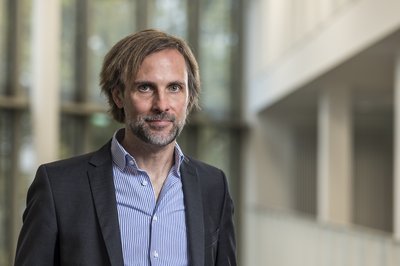Abstract
"Artifacts are the true time travelers," this phrase originated in the Time Machine Project, which seeks to preserve Europe's cultural heritage. It describes not only the long period of time that objects are passed down through the ages, how they may change over genenerations, but also their constant transformation in perception over time.
Accordingly, history, art history and visual studies already meet in these objects, and recently digital humanities and computer vision have also become involved in the study of this cultural heritage. Art history and computer vision in particular have great potential for dialogue under the umbrella of visual studies. The theoretical question of my lecture is the temporality and interconnectedness of objects, while the technical starting point is object recognition. The lecture will look at objects that have been passed down over many centuries and the special case of representations of cultural heritage objects in paintings. This may be Majolica vases in annunciation depictions or still lifes or ancient sculptures in historical representations of antiquity. The relationships between artefacts, motifs, cultural concepts and their reception can be described in a form reminiscent of vector geometry.
Bio

Peter Bell studied Art History, Business Administration, Graphics & Painting at the Philipps University of Marburg and received his doctorate there in 2011 with a thesis on the representations of the Greeks in Italian art, while working as research fellow at the SFB 600 of the University of Trier. He was a postdoc in the Computer Vision Group (Ommer lab) at the University of Heidelberg and group leader at the Heidelberg Academy of Sciences. In 2017-2021 he was assistant professor for Digital Humanities at FAU Erlangen-Nuremberg and returned to Marburg as full professor for Art History and Digital Humanities. His research focuses are art historical applications of computer vision
and the visual representation of social groups in the late
Middle Ages and early modern period.
